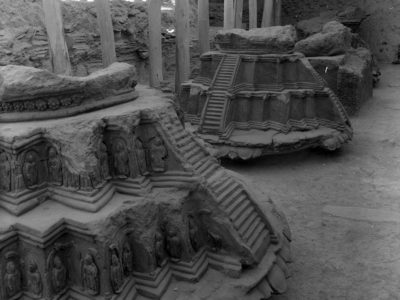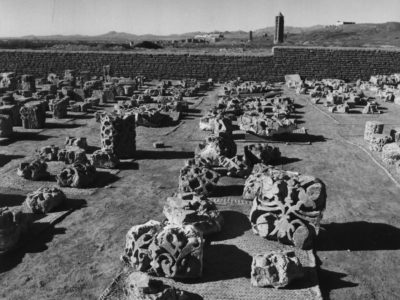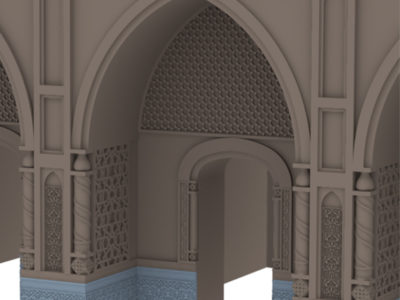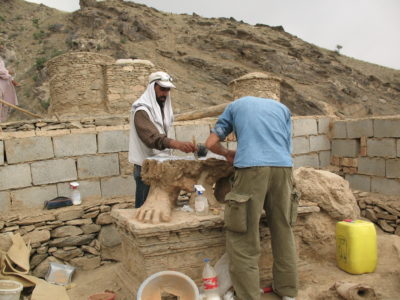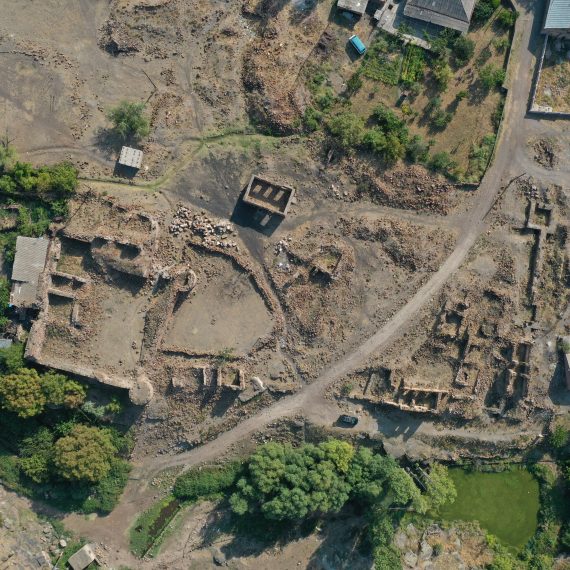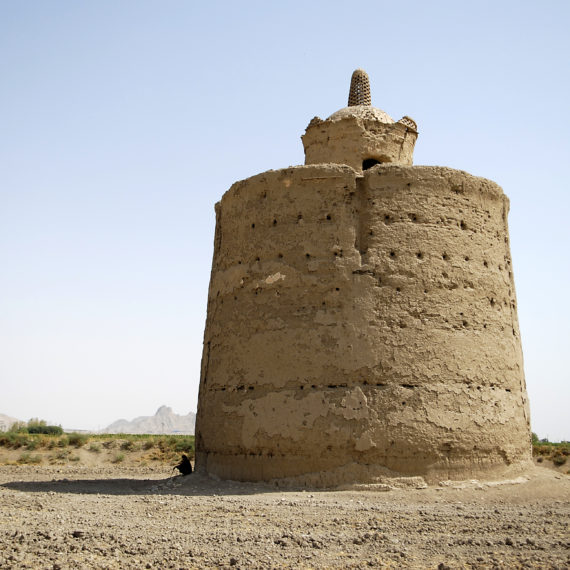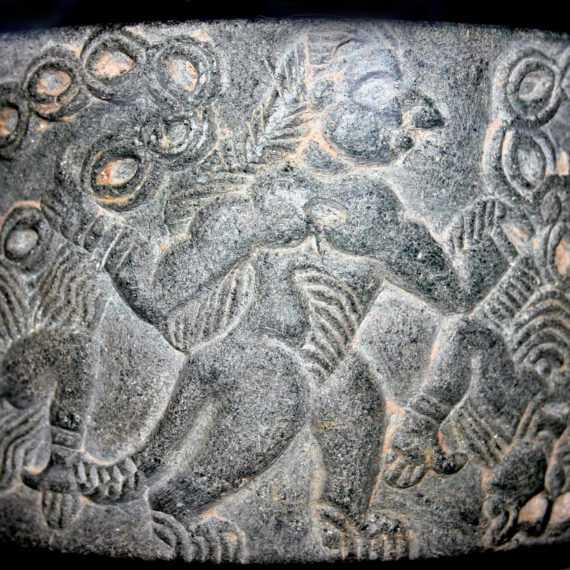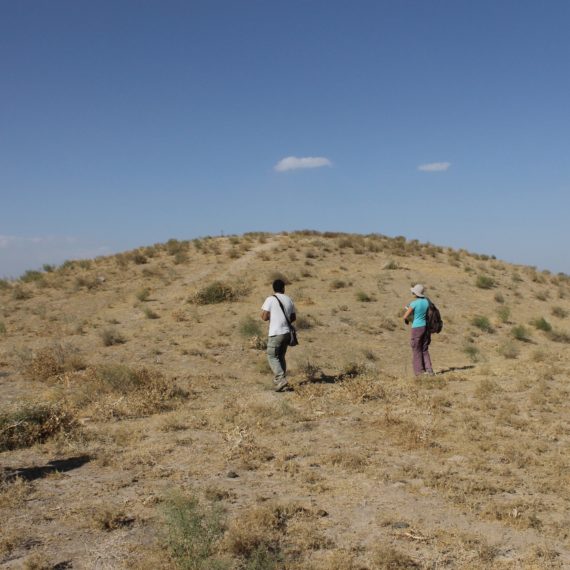
Italian Archaeological Mission in Afghanistan
The Italian Archaeological Mission to Afghanistan, founded by Giuseppe Tucci, has been operating in the country since 1957. The mission was suspended following the political events at the end of the 1970s and resumed field work in 2002 in Ghazni, its traditional area of activity. Here, the mission has investigated both pre-Islamic and Islamic sites, shedding light on previously unknown aspects of Afghanistan’s cultural history and its central role in creating and spreading artistic models throughout Asia. However, for reasons of security and in a concerted effort with the Foreign Ministry and the Italian Embassy in Kabul, the mission has recently adopted flexible teleworking strategies. Thanks to specific agreements with the Archaeology Institute of Afghanistan, the mission is contributing to the excavation of Buddhist sites in the Kabul area. Effort is invested not only in the discovery and physical conservation of arte facts, but also in the preservation and interpretation of their intangible value, through documentation, study, and dissemination. For the purpose of long-term preservation and sharing of the mission’s discoveries,a digital repository has been created (http://ghazni.bradypus.net/)



